Do you wonder why you check your phone randomly without even thinking?
In Hooked by Nir Eyal, a bestselling behavioural design book, he breaks down the secret psychology behind habit-forming products.
A 2016 study found that the average person checks their phone 110 times a day. Which is just crazy
If you’re dreaming about building an internet business or side hustle, but bother about how to make it unforgettable, this book will open your eyes.
He shows how products like Instagram and YouTube hook users and how you can use the same principles to build something people can’t stay away from.
Here’s what you’ll learn.
Table of Contents
Detailed Summary of Hooked by Nir Eyal
Hooked by Nir Eyal explains why some products grab our attention and keep us coming back without thinking. He shares a simple model called the Hook Model. Every hook has four steps: a trigger, an action, a reward, and an investment.
He shows how companies use both external triggers, like notifications, and internal triggers, like boredom or loneliness, to pull you into their apps.
He explains how a simple action, like tapping an icon, becomes a habit when it leads to a variable reward.
You don’t always know what you’re going to get, so you keep checking. Then, once you invest a little time, like adding friends on Instagram, you are much more likely to return.
He draws from psychology studies, casino tricks, and everyday tech to explain how easy it is to form these habits.
He also talks about BJ Fogg’s behavior model: motivation, ability, and triggers must all line up to spark an action. The easier you make an action and the more rewarding it feels, the faster habits form.
If you are trying to build a business, this book gives you the real blueprint behind apps that people feel they “can’t live without.”
You will learn how to create products that form healthy habits, not ones that drain people’s lives.
And if you are already feeling overwhelmed, understanding this will help you design something that people naturally fit into their busy schedules without fighting for attention.
Reading Hooked makes you think hard about what you build and how you want people to feel when they use it.

9 Key Lessons from Hooked by Nir Eyal
If you want to build a product people come back to without needing constant reminders, you need to understand how habits are formed. Hooked by Nir Eyal breaks it down step-by-step. Here are nine important lessons you can start applying right now.
1. People act more when they feel uncomfortable emotions
He explains that negative emotions are one of the biggest triggers behind why we use apps. When you feel bored, lonely, uncertain, or insignificant, you grab your phone without thinking. Apps like Instagram, YouTube, and Twitter are built to scratch those emotional itches fast.
You need to keep this in mind when building your own product. If your app or service can help someone solve an emotional discomfort quickly, you are already winning.
2. Fast relief creates stronger habits
He shows that the faster an app gives you relief, the quicker you form a habit. Think about how quickly you get results when you Google something or check your messages.
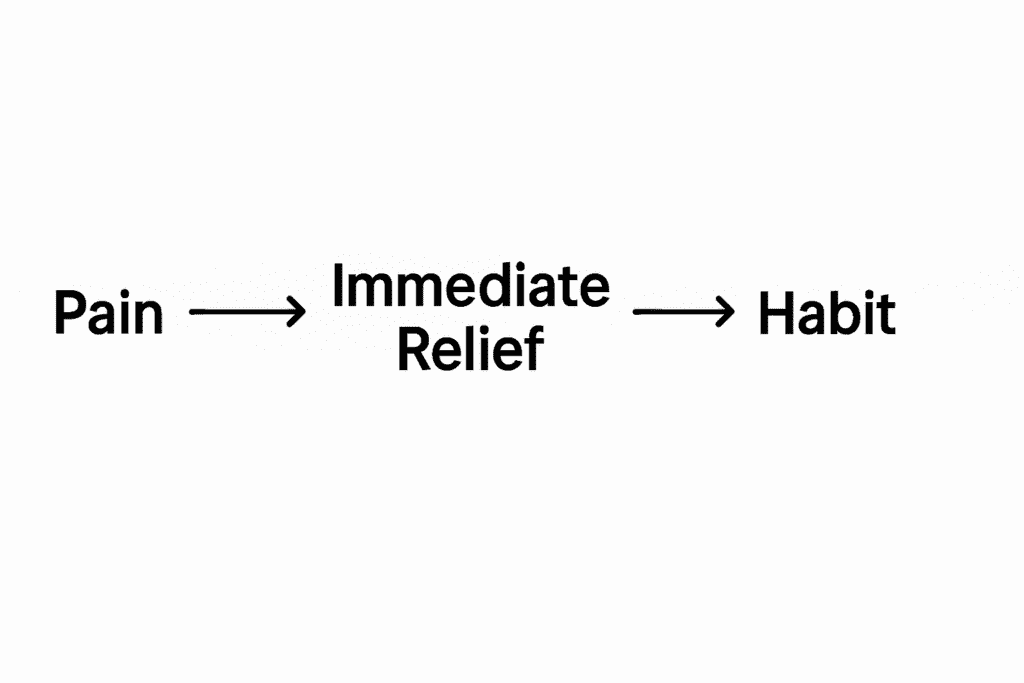
If you want people to use your product regularly, make sure the reward is almost instant. You don’t want people waiting, guessing, or struggling.
3. Variable rewards are addictive
He shares how apps like Twitter, YouTube, and Instagram hook you by giving unpredictable rewards. Sometimes you get a lot of likes. Other times you find a viral video.
This uncertainty keeps you coming back. When you design your product, think about how you can add a layer of surprise or discovery for your users. It keeps things fresh and exciting without needing to beg for their attention.
4. Small investments lead to loyalty
He shows that once people invest a little time or effort into a product, they are more likely to stick with it. Adding a friend on Instagram, creating a playlist on Spotify, or saving an address on Uber makes people return.
If you want your users to keep coming back, make sure they can make tiny investments early on. It could be uploading a photo, customizing their profile, or bookmarking something.
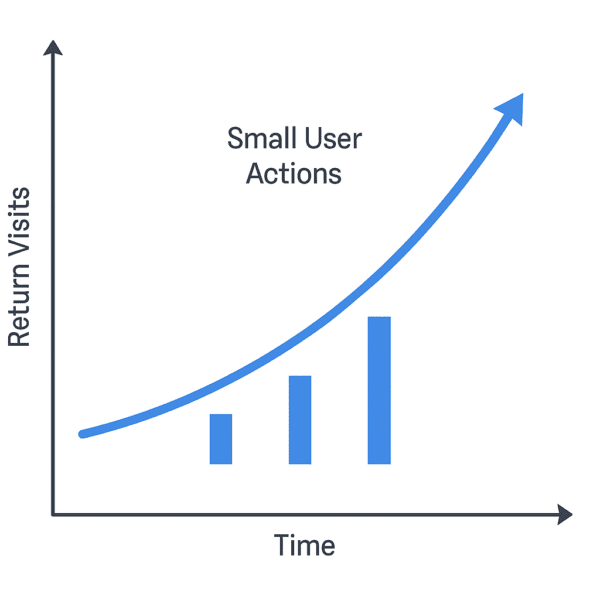
5. Internal triggers matter more than external ones
He teaches that while external triggers like ads and notifications work, internal triggers are what truly create habits. Internal triggers are emotional or situational. Feeling lonely, bored, stressed, or curious are examples.
You need to think deeper than just sending reminders. What emotion or situation will make someone want to use your product without you having to push them?
6. Motivation, ability, and triggers must line up
He shares B.J. Fogg’s behavior model that says an action only happens when motivation, ability, and a trigger come together.
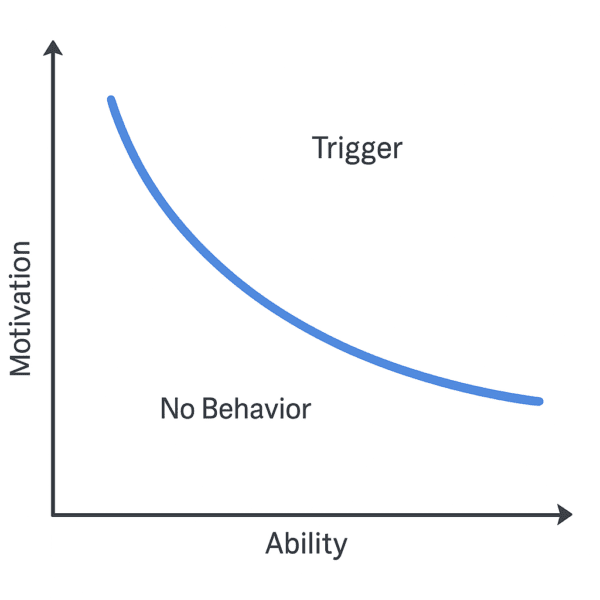
You can have a motivated user, but if using your app is confusing, they will quit. You can have the easiest app to use, but if there is no motivation, no one will bother. You must make your product easy, desirable, and triggered at the right time.
7. Mystery boosts engagement
He shows how the unknown drives human behavior. It is why we pull slot machines or keep scrolling Twitter. We are wired to love surprise and discovery.
When you build a product or create content, leave room for the unexpected. Surprise people with bonus features, hidden rewards, or fresh experiences. Make them curious about what’s next.
8. Rewards fall into three buckets
He explains that the most engaging rewards fall into three types:
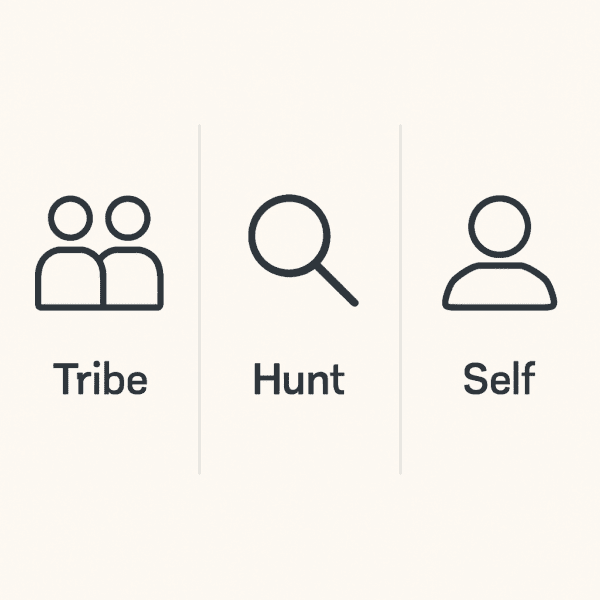
- Rewards of the tribe: social rewards like likes, comments, or shares
- Rewards of the hunt: finding valuable information, discounts, or content
- Rewards of the self: personal achievements like leveling up or reaching goals
You can pick the type that fits your audience best. Or even better, combine two or three types inside your product.
9. Good products get better with use
He shows that the best habit-forming products store value for the user. The more you use them, the better they get. Your Google Drive, for example, becomes more valuable the more you add to it.
You want to build something that rewards your users for sticking around. Whether it is data, progress, social reputation, or personal history, make sure people feel like they are building something they don’t want to lose.
So for your business, you might be asking yourself: where do I even start? How do I make sure people care enough to come back?
Hooked by Nir Eyal gives you the clarity you need. He doesn’t just explain theory. He shows you real-world examples you can actually apply.
If you want a full, simple roadmap for building habit-forming products without overwhelming yourself, I highly recommend getting your hands on Hooked.
Wrapping It UP
Building a habit-forming product is not about tricks. It is about understanding people and solving real problems they care about.
Hooked by Nir Eyal shows you how to do this the right way. You now have practical ideas you can use to create products that fit naturally into people’s lives.
But if you want to take it even further, you need to learn how to build strong relationships too. Relationships are the foundation of any lasting business. I wrote a full guide on that based on How to Win Friends and Influence People.

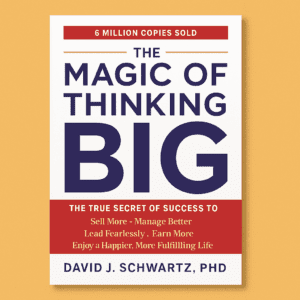
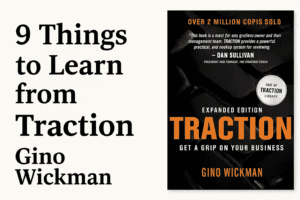
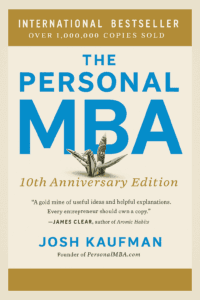
Pingback: The First 90 Days by Michael D. Watkins (9 Powerful Lessons Plus Book Summary)